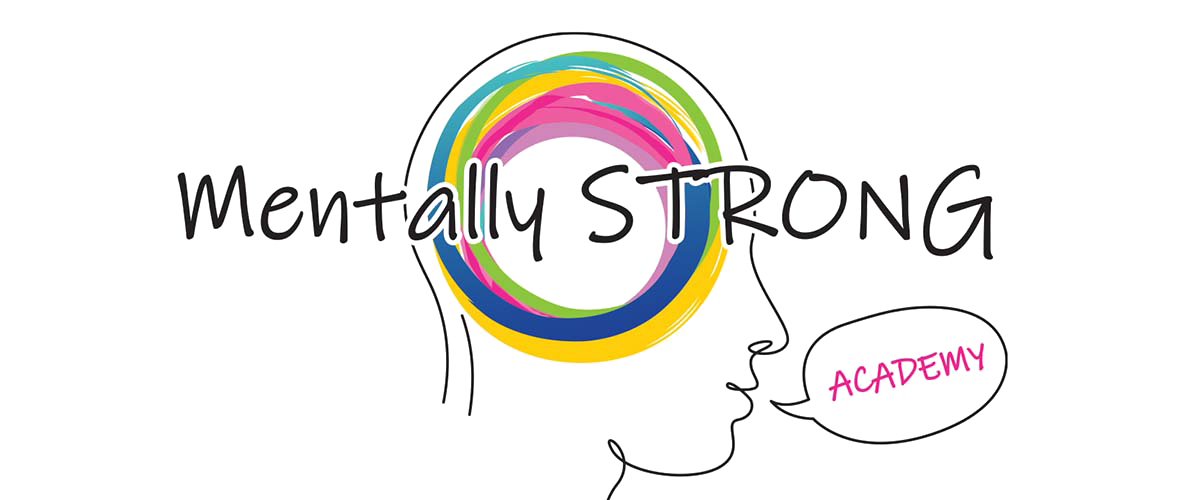Panic Disorder: Understanding Triggers and Managing Symptoms
Panic disorder is characterized by frequent panic attacks, often accompanied by physical symptoms that can be distressing. Understanding what triggers these episodes and how to manage them can significantly improve one’s quality of life. This blog will explore the difference between anxiety and panic, discuss the importance of identifying triggers, and provide some tips for managing panic attacks.
Panic vs. Anxiety
Anxiety can be described as mild, moderate, severe, or panic, with panic attacks being the most intense form. Panic attacks come on suddenly and can feel like a flood of physical and emotional symptoms. Many people may not know where these attacks come from, but there is usually a psychological cause behind them, and identifying this cause can be vital in managing panic disorder.
Identifying Triggers
A method like the Mentally STRONG Method can help you identify the psychological components of your panic attacks. By creating a Thought Map, you can trace back to the last time you had a panic attack and try to recognize any patterns or triggers. This Thought Map can help you better understand the internal button or core connection being pushed when a panic attack occurs. Once you know this, you can have more control over your reactions.
Managing Panic Attacks
Panic attacks can feel out of control, and the fear of having one can fuel the physical symptoms. The goal is to learn to bring yourself out of a panic attack by practicing grounding techniques, deep breathing, and mindfulness. Working with a professional can help you understand these techniques and develop your ability to calm yourself during an episode.
Stimulating the Vagus nerve, for example, can help alleviate the physical symptoms of a panic attack. The Vagus nerve is calming, and humming can stimulate it, helping you feel more relaxed.
Treatment Options
If you struggle with panic attacks, exploring various treatment options is essential. In addition to learning grounding techniques and mindfulness, identifying triggers can help decrease the intensity and frequency of panic attacks. Some people may also benefit from antidepressant medication to address any underlying generalized anxiety and improve neurotransmission in the brain.
Learn to Let Panic Go
Panic disorder can be a challenging and frightening experience, but with the proper support and techniques, it is possible to manage the symptoms effectively. If you are experiencing panic attacks, seek professional help to learn grounding techniques, deep breathing exercises, and mindfulness practices. Identifying your triggers and addressing any underlying anxiety can help you regain control of your life and reduce the impact of panic disorder on your well-being.

